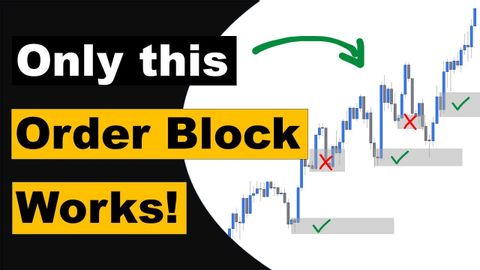取引に最適な注文ブロックを特定するには? (How to Identify Best Order Blocks to Trade?)
黃靖翔 が 2024 年 08 月 20 日 に投稿  この条件に一致する単語はありません
この条件に一致する単語はありませんUS /səbˈskraɪb/
・
UK /səb'skraɪb/
- v.t./i.(定期的なサービスに)申し込む : 予約をする : 予約金を払う
US /ˈkɑnstəntlɪ/
・
UK /ˈkɒnstəntli/
US /ˈɛpɪˌsod/
・
UK /'epɪsəʊd/
US /ˌɑpɚˈtunɪti, -ˈtju-/
・
UK /ˌɒpə'tju:nətɪ/
- n. (c./u.)機会;好機;仕事の機会;ビジネスチャンス
エネルギーを使用
すべての単語を解除
発音・解説・フィルター機能を解除
